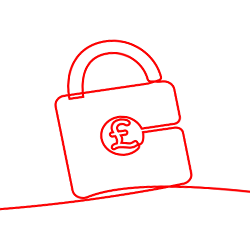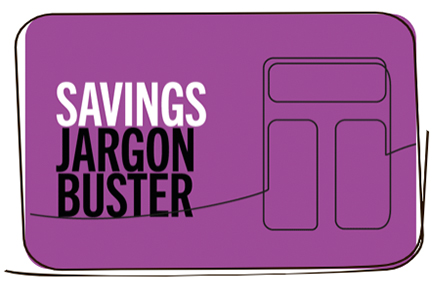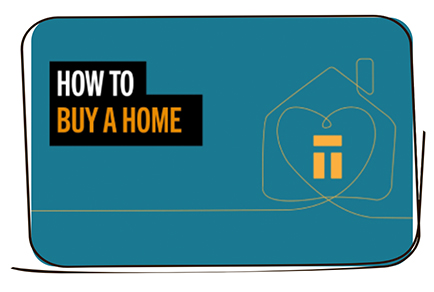Set aside some savings for when you need them most
1. Create a P.O.A (plan of action)
Start by working out how much you want to have saved up in your emergency fund. Think about whether you’re planning in the case of your car breaking down, having to replace an appliance, or maybe just want to have some living expenses saved up for some peace of mind.
It is often recommended that you have on average three months of essential outgoings available in an emergency fund as a minimum which could cover things like mortgage or rent, food, energy bills and other things you can’t live without, as a rough guide.
Remember that no matter how much you’re able to save, this will make a difference down the line, so don’t feel discouraged if you need to start small. Use a budget planner to work out how much you are able to put into an emergency fund in a given month, and based on this how long it will take to reach your goal.Set mini targets along the way in order to track how you’re doing and allow you to celebrate (in a budget-friendly way) when you hit those milestones.

2. Start saving
If you notice that you have some money left over at the end of the month why not add it to your savings too?

3. Set some ground rules
Deciding ahead of time what situations you consider as urgent financially can help you avoid dipping into it unnecessarily for things that can wait. Remember that this fund is for those unexpected necessities, so don’t add money to it that you already plan on spending for a holiday or on home upgrades - keep these separate!

4. I’ve reached my emergency fund goal – what now?
As you would with your budgeting, make sure you keep an eye on your emergency fund and review it every month or two. You may find that you can set a new savings goal. The more you have tucked away the better.
If it does come to it and you have to use some or all of the fund then simply make a new plan for topping it back up. You never know when you might need to draw on your back-up stash again and it is best to be as prepared as possible.
More guides you may find helpful...

Savings jargon buster guide
Feeling in the dark when it comes to savings sayings? Don’t worry. In this guide we’ve explained the simple meanings behind the most commonly used terms and phrases around saving and investing.

How to buy a home
In this guide we explain in ten simple steps how to go progress from prospective buyer to home owner.

Cost of living - 28 day challenge
It’s safe to say, we’re all feeling the pinch at the moment, so follow along with our money-saving, 28 day challenge and see what you could save by making small tweaks to your home and lifestyle.
